Pentax’s popular Pentax 17 showed the market that there is demand for a new-production analog film camera. It wasn’t clear if this risky venture would float, but the Pentax 17 has found a loyal following and now we have another player ready to make waves: Mint’s Rollei 35AF.
Mint is no stranger to the analog market, having created its own brand recognition by restoring and selling vintage Polaroid instant cameras. Now the company has created a novel design based on the adorable Rollei 35 series of film cameras and even has the license to use the brand name. The company sent us one to test out and I have to say that upon first glance, it looks like they have nailed the design to a tee. Anyone who sees it will immediately be tempted to take a further look but the Rollei 35AF comes with a hefty $800 asking price.
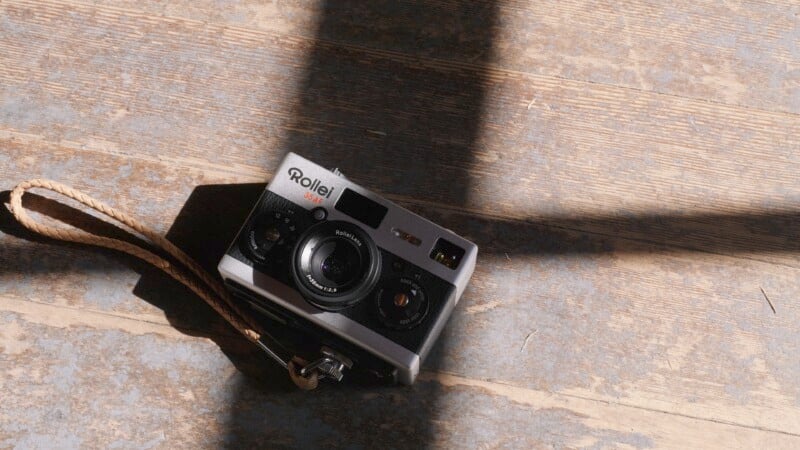
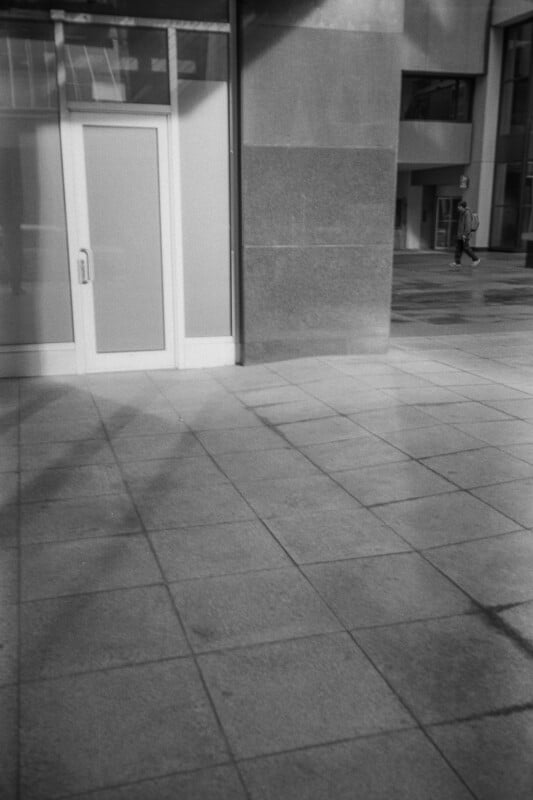
Mint Rollei 35AF Review: A Design to Die For
I couldn’t help but be impressed with the overall visual appeal and eye-catching blockiness of the Rollei 35AF, which so accurately captures the spirit of the original cameras. Mint has copied the twin front dials located on the front face of the camera as well as the left-mounted thumb winder and rewind mechanism of the original cameras, too. All of this contributes to the ultra-compact nature of the Rollei 35AF even though it is slightly larger than the vintage versions.
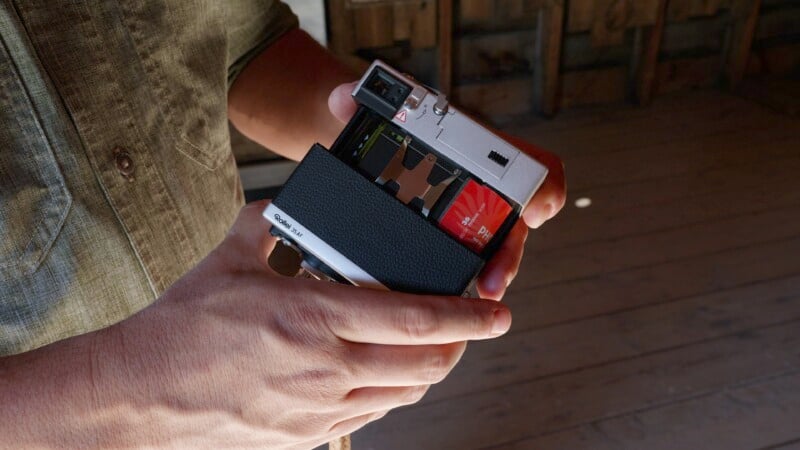
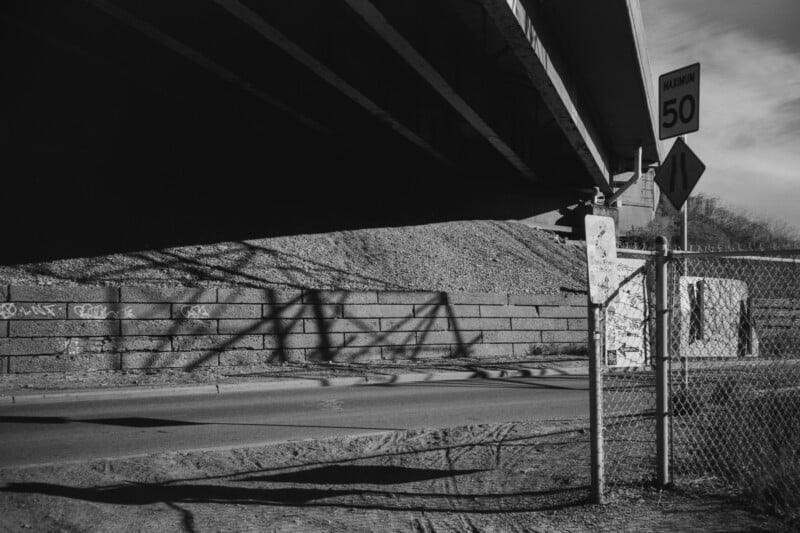
The beauty of this design is how efficient it is at making use of such a tiny body design. Remember that this is a full-frame 35mm film camera with full manual control and an incorporated 35mm f/2.8 optic. I will say that the Rollei 35AF captures the fiddly nature of the originals and I wouldn’t say that using one is naturally intuitive. Having used a classic Rollei 35S back in the day, I found the experience to be familiar and unfortunately a little cumbersome because of it. Make no mistake, the Rollei 35 cameras have always been a little tricky to work with and have their fair share of frustrations. That is all worth it though to have something so svelte in the pocket, on the go.
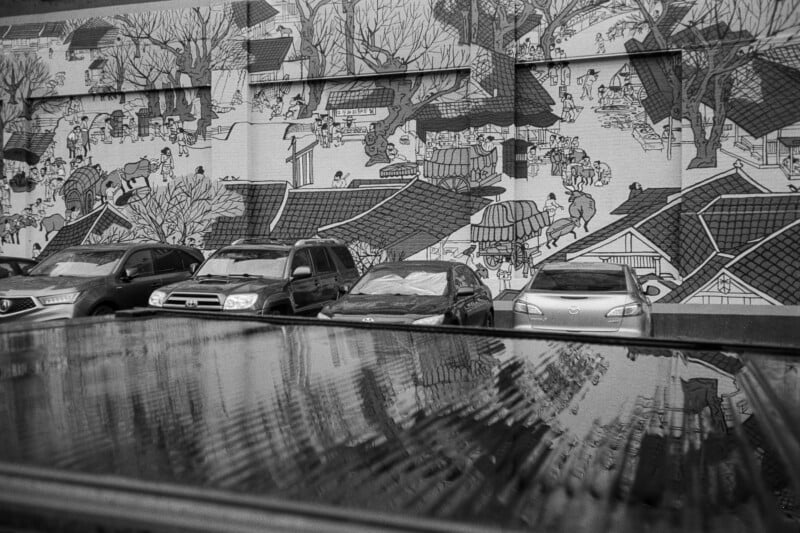
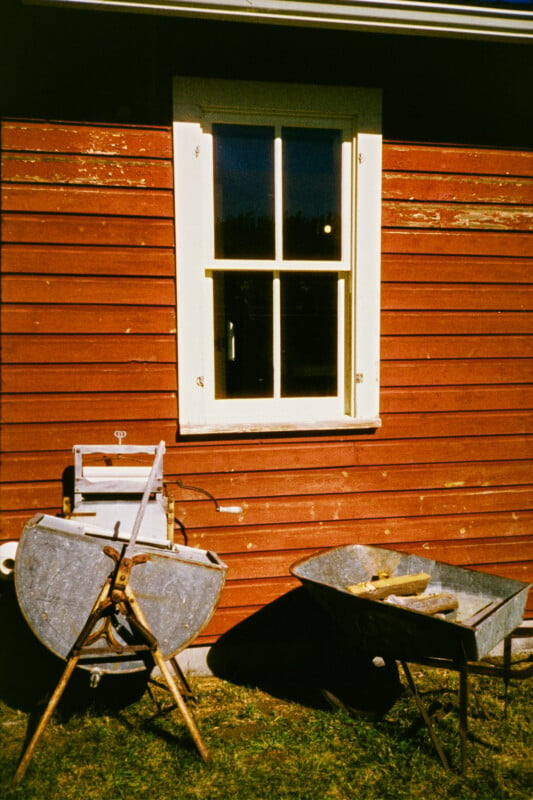
The viewfinder mechanism is pretty similar to the original and has frame lines illuminated with ambient light. Compositions turned out to be fairly accurate for most situations and the viewfinder is bright enough, but I miss the vivid, almost electric blue reflective coatings on the classic cameras.

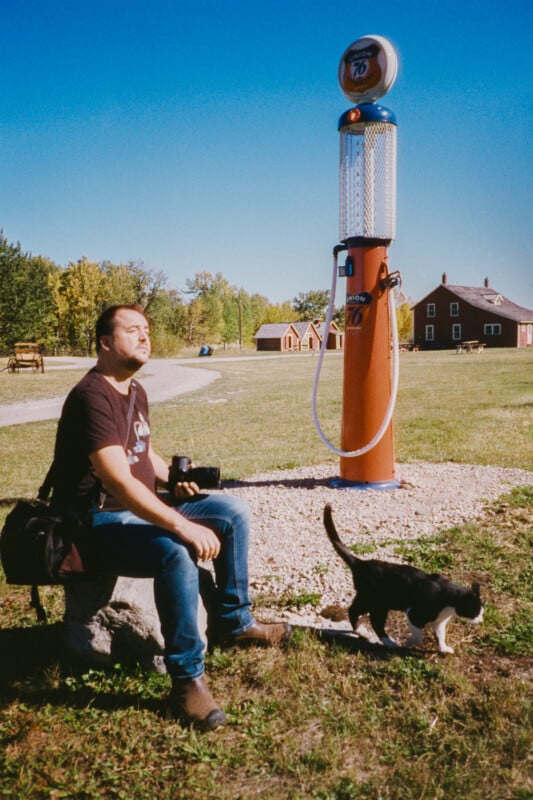
Loading and unloading film is very familiar and the camera reads DX-coded film properly, too. You can also override the ISO settings easily if you want to push or pull your film, or if the film you choose has no DX coding. There is an ISO setting on the top on/off lever which provides a handy reminder of your film speed and lets you adjust your setting as you see fit.
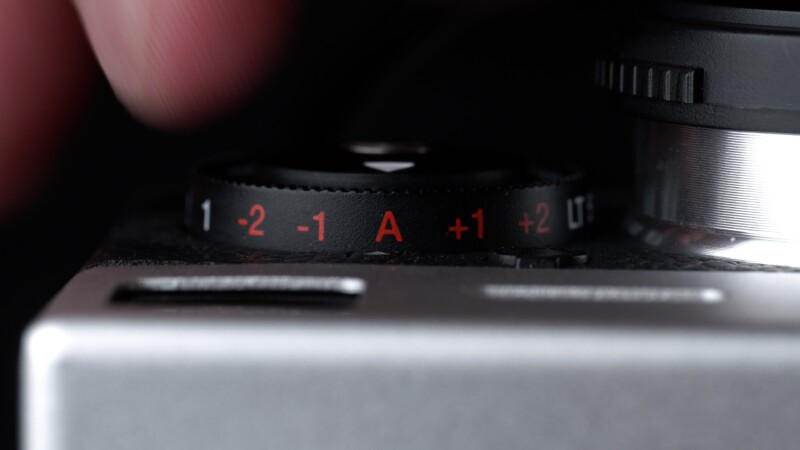
The shutter mechanism allows you to go as high as 1/500 second or as low as a minute long using the “LT” setting. Like any leaf-shutter-style camera, having a 1/500 second exposure limit is a little restrictive if you want to shoot brighter apertures on sunny days. This is forgivable given the purpose of this camera but the issue is further exacerbated by the complete lack of any filter threads on the lens.
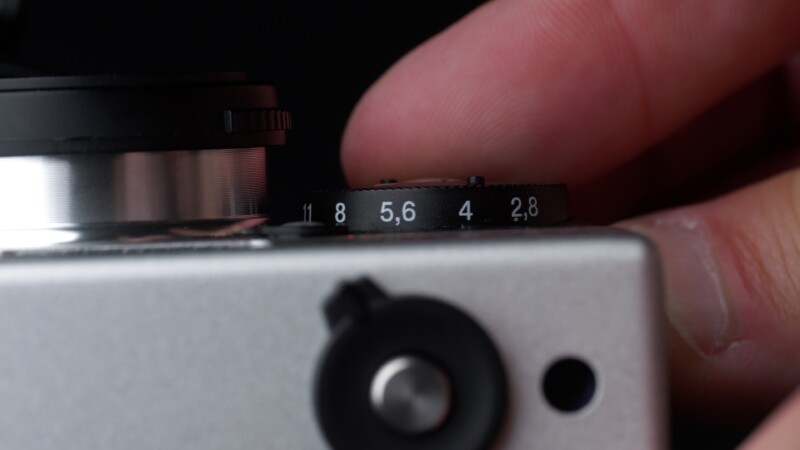
Unlike the original Rollei 35 cameras, there is no collapsing or extending of the lens and the filter thread could have easily been incorporated. The light meter also reads through the lens, so filters could have been adjusted for automatically. I really wish the 35AF had the option to throw on ND filters or some colored filters for black-and-white film.

Mint Rollei 35AF Review: The Shooting Experience
The Rollei 35AF has the look and design down but when it comes to the shooting experience, the results are mixed. I’ll start with what worked well because what Mint has accomplished deserves praise. The company has made some thoughtful changes that will make it much easier for new analog photographers to get good results.
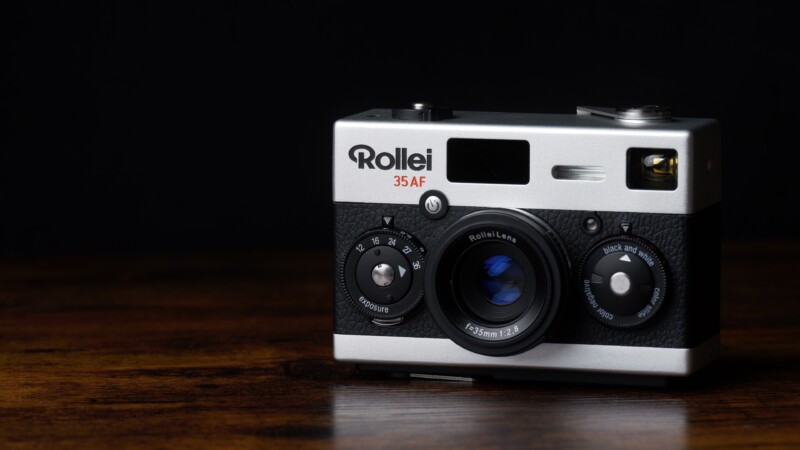
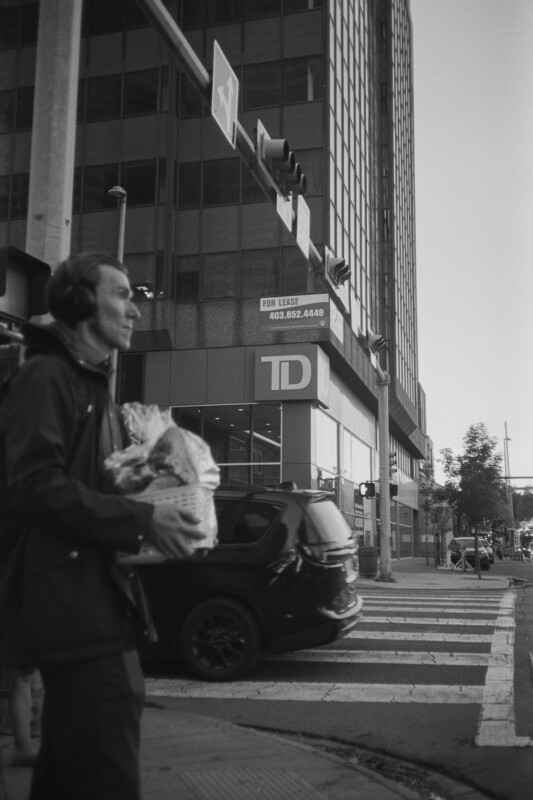
The first major change is in the name: the Rollei 35AF does indeed autofocus which is a major departure from the original Rollei 35 cameras that focused by manual distance setting only. Mint chose a LiDAR system that focuses in the center of the frame and works quite accurately. It’s noisy and a little slow to engage but it will be far easier for most people to use instead of zone focusing and using depth of field to cover the spread.
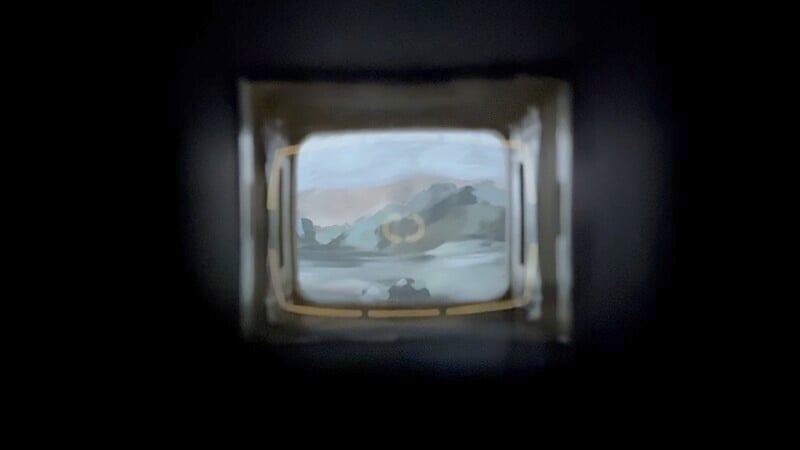
I was also impressed with the light metering system which almost always landed exposure within the film’s dynamic range. Even in high-contrast or backlit scenes, I felt the meter did a good job. In some situations, I would make small adjustments up or down a stop to compensate for a bright window or a reflective subject. Overall, the metering experience was easy and further cemented this camera as an ideal tool for beginner film photographers.
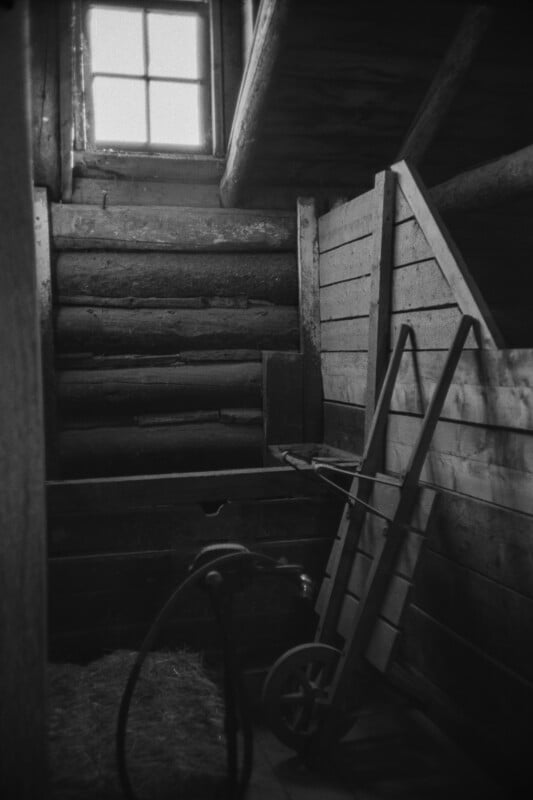
Mint went with a very small LCD on the top of the camera which provides all the info to the photographer. It is here that you will get your metering indications, focus confirmation, shots remaining, and ISO settings. It is all a bit much for one display but I get why Mint wanted to keep it simple. Just like the classic versions, it demands that you take your eye away from the viewfinder to confirm settings and this is inconvenient.
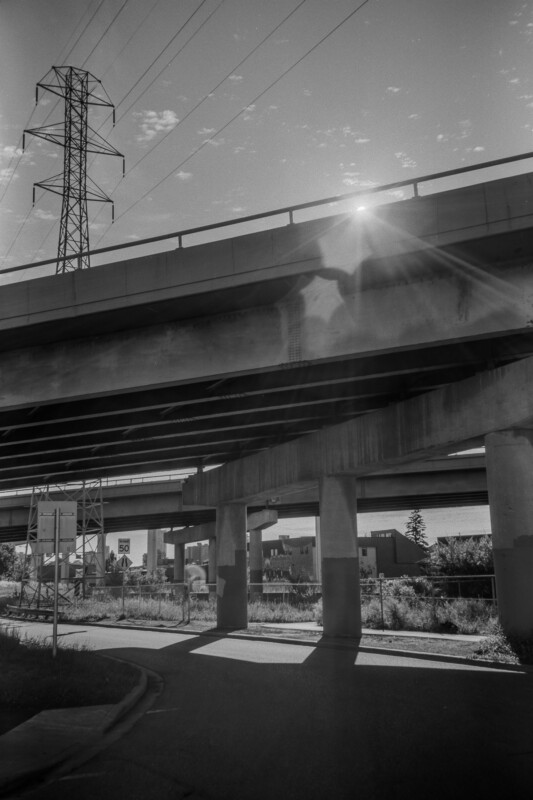
Way back when, Rollei made an LED version of its 35 camera which had metering indicators in the viewfinder and I think a similar setup would have been wise here in Mint’s recreation. I’d like a quick indication if the metering is good, too high, or too low, as I adjust my exposure. There are two LED lights on the Rollei 35AF but these consist of a yellow ready light for the flash and a green LED for focus confirmation.
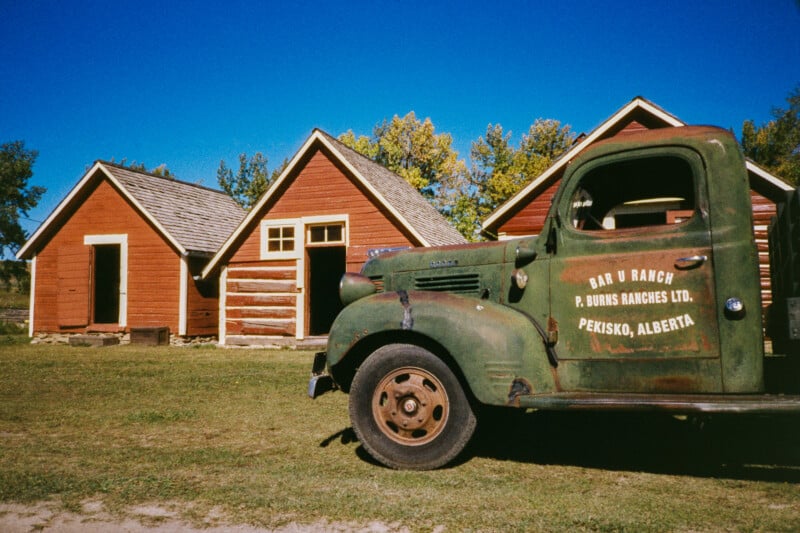
The lens is quite sharp, even wide open, and I was happy with the results as far as detail goes. Flare didn’t seem to be too much of an issue and I think that Mint has built a very decent optic for this camera. I was happy with the character of the lens flare and the look that the lens imparted on the images.
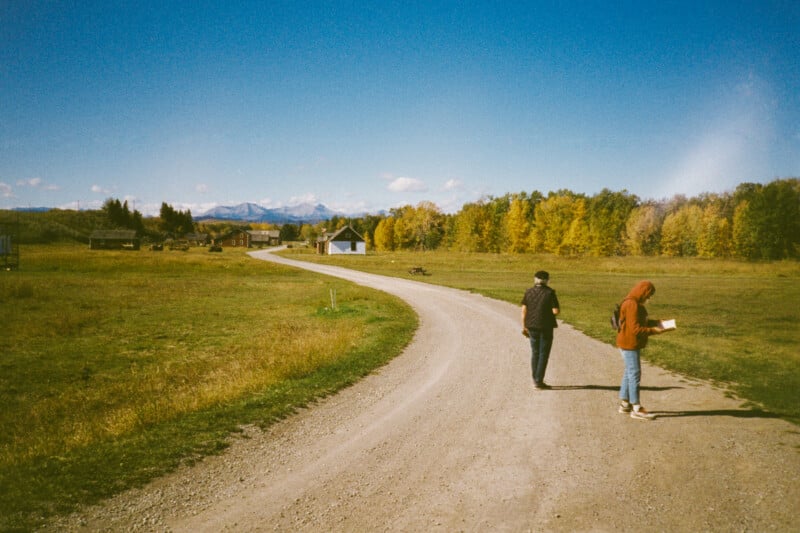
I expected the control scheme and handling to be a little fiddly — just like the originals — but my main issues with the Rollei 35AF came down to the quality and feel of the dials and shutter mechanism. As innovative as it is to make a novel camera styled like an established one, something will be lost in translation. The front dials themselves feel quite plastic-y and the click stops aren’t very definitive.

The shutter button requires a heavy press to fire which can lead to excess camera movement and would occasionally click and unlock the winding mechanism without taking a shot. This means either a wasted frame or a very heavy press to try and trigger the shutter. Overall, the experience was not confidence-inspiring.
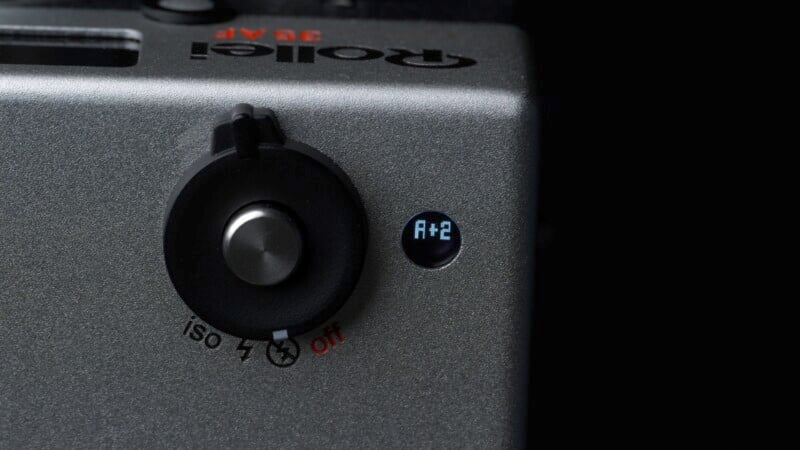
I had some issues with the top LCD panel showing erroneous markings; it would show my metering as +2 stops overexposed when in auto mode. These were little bugs that I could overlook from a testing standpoint, but would have been unacceptable had I purchased the product. I contacted Mint and the company assured me that some of these bugs are known and that everything will be rectified in future production cameras or gradually as they arise under warranty.
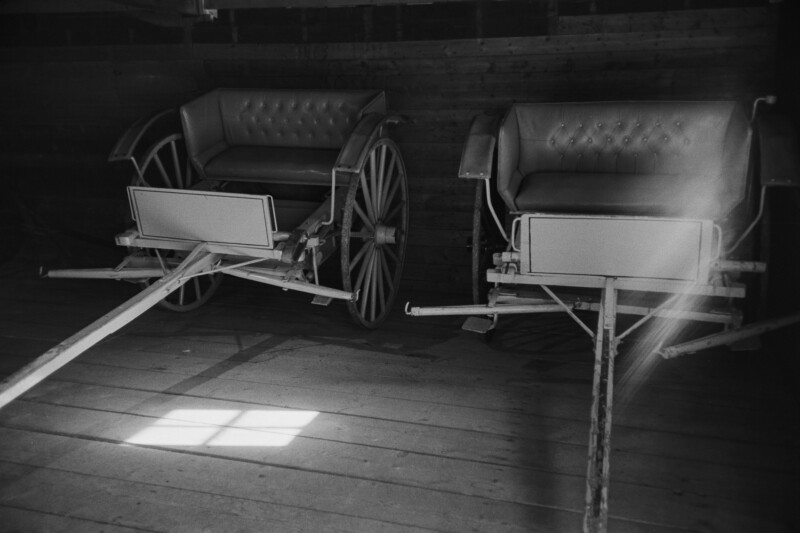
The Mint Rollei 35AF is a Fun Yet Unrefined Analog Experience
What has to be said is that the camera feels unfinished or, at the very least, lacking in refinement. It’s not an inexpensive camera either at $800, and for the cost I would want to know that any issues are resolved before laying down my hard-earned cash. What the Rollei 35AF does capture accurately is the fun and convenience of having such a portable little pocket camera. The image quality is decent and there is enough control to keep advanced photographers happy, too.
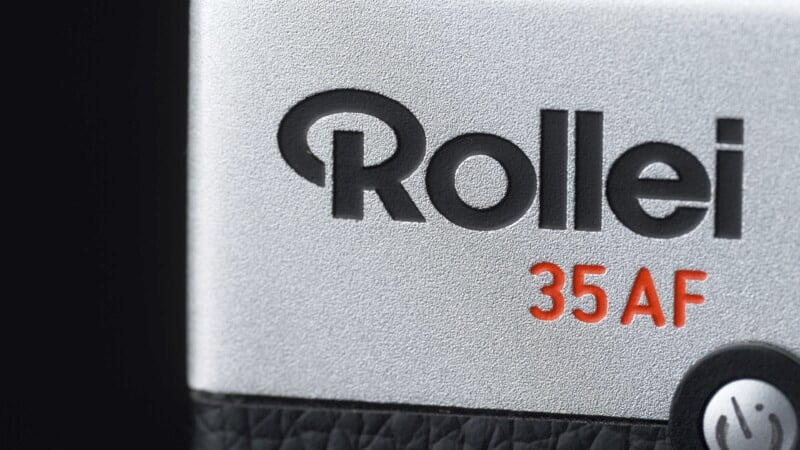
I think many prospective buyers will pull the trigger simply because it’s such a stylish product and it has the potential to be a capable camera. Once Mint can iron out the bugs, the Rollei 35AF will be an analog experience worth considering but the camera is not going to be able to fully escape the cheap feel of the dials and controls nor will it quite capture the slickness of the original versions. That said, it at least lets people experience an inkling into what made the original cameras so enjoyable while at the same time capturing what was annoying about them, too.
Are There Alternatives?
The closest camera that matches the experience of the Rollei 35AF is the plethora of vintage Rollei 35 cameras. There are many options with various lenses and controls and some can be had for roughly half the price. You miss out on autofocus but the shooting experience feels similar.
If a brand-new, warrantied film camera is a must for you, the Pentax 17 is more affordable and easy to use. It doesn’t have the same amount of manual control and it’s a half-frame camera but it is a fun experience to use in its own right.
Should You Buy It?
Maybe. If you know, you know. This is the kind of analog experience you might be looking for and it captures everything good and bad about the original system. The thing is, the Rollei 35AF camera feels a little cheap and it is anything but.
